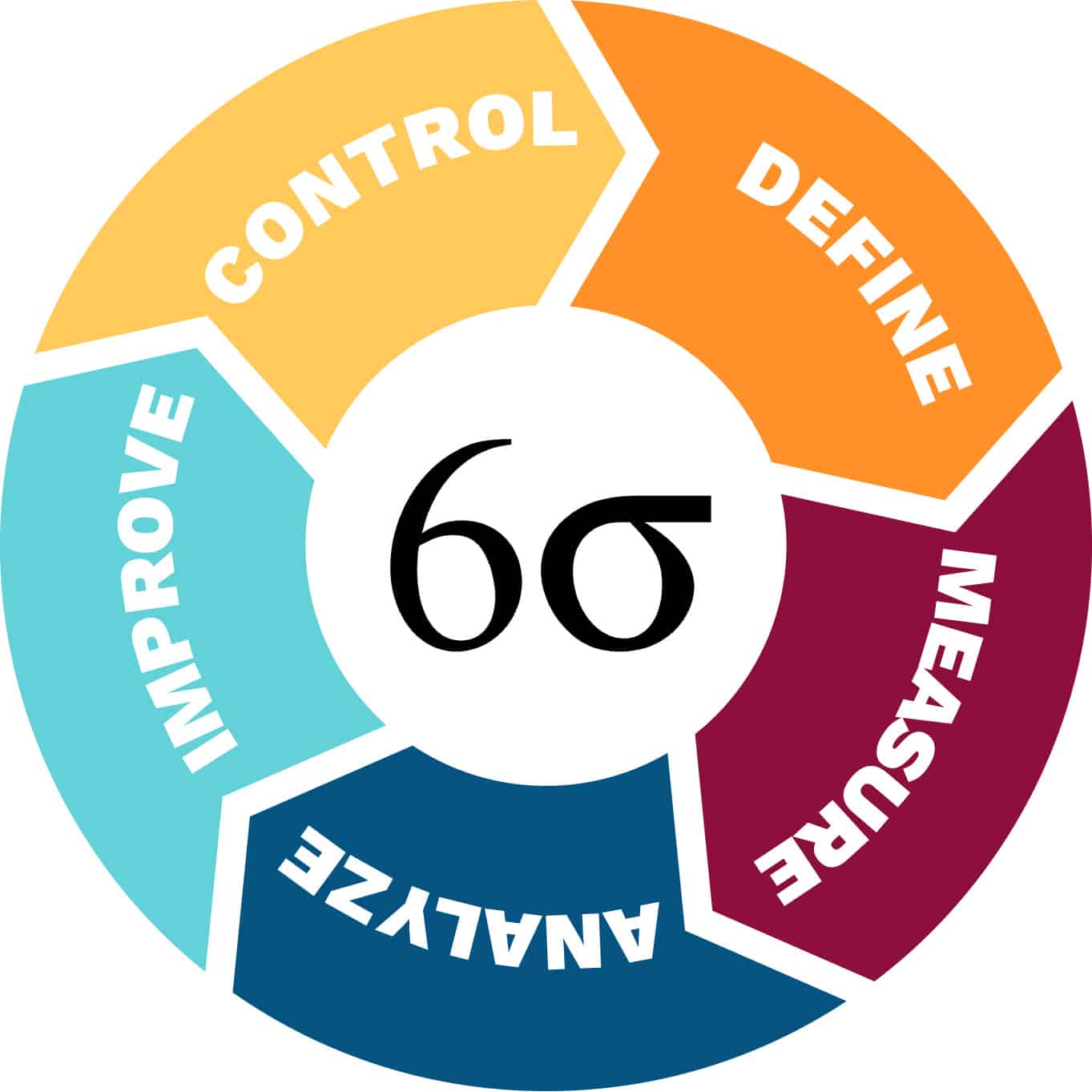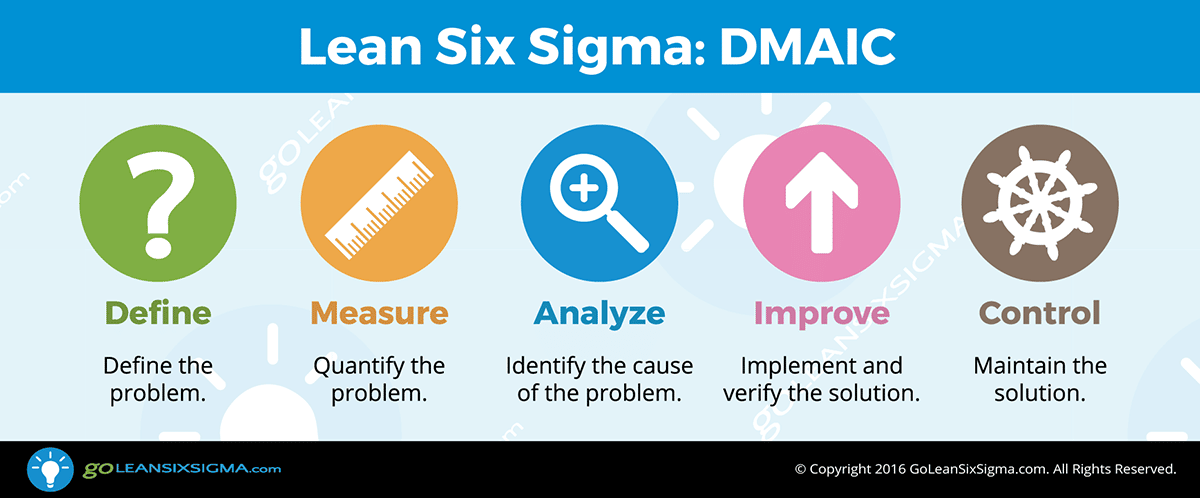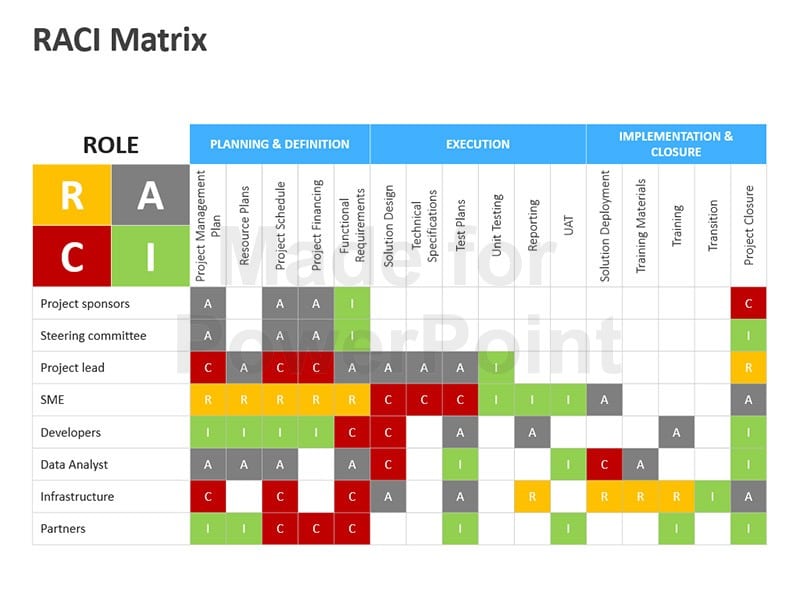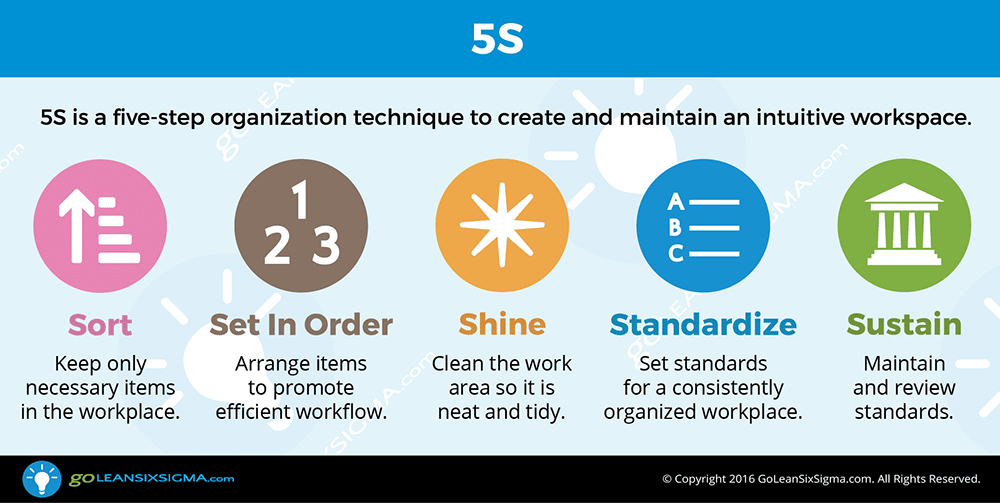

Six Sigma is a method of project management and is sometimes considered an alternative to project management.
It is a set of organisational tools that help improve the business processes. Six sigma aims to reduce the variations in process and therefore increase overall performance.
It is given credit for reducing defective products and services, improving profits and employee morale and therefore positively impacting the customer experience.
If a process is said to have six sigma qualities, then this means that the process is well controlled, and the errors are well within tolerance.
There are many definitions of six sigma, but there is a common thread of organisation within statistical tolerance. It requires projects to have clear outcomes that are closely aligned to a business strategy, all of which are measurable.
The difference in opinion comes from whether Six Sigma is a philosophy, a set of tools and methodology or a set of metrics. The question is whether it matters and whether it is something of all these things.
Six Sigma is a philosophy because it determines that processes can be measured and that if you work on input, then you can control outputs. It is a set of qualitative and quantitative techniques which include statistical process control, control charts, failure mode and effect analysis and process mapping.
It can be considered a methodology because there are steps to follow: define, measure, analyse, improve and control. Finally, it is a set of performance metrics that allow you to account for shifts in process quality.
As well as Six Sigma there is Lean Six Sigma.
This is a method that requires the team to collaborate in efforts to improve performance by removing waste and reducing variation in quality. It is still a statistical process that gives quantitative analysis to improvements, rather than applying guesswork.
Six Sigma Process

The process is DMAIC. This is a step by step approach to completing a project. These steps include:
Define
Define the nature of the problem. This means writing such documents as a problem statement, a goal statement, developing a process map, define the requirements and more. The whole point is to create a project charter – which is a high-level map of the process.
Measure
This is the step where you determine how the process performs currently. You are asking the question: what is the size of the problem we face? Measurement is crucial for creating a baseline and using the data to inform the project charter with measurable outcomes.
Analyse
This is where you try to establish the cause of a problem and using the conclusions from this to discern potential solutions. Part of this will be collecting data that will help you verify the origins of the problem and part of it will be brainstorming and applying five whys to get to the bottom of an issue before implementing a solution.
Improve
This is where the team attempt to mitigate the cause of the problem and improve the outcomes of the project. This might involve brainstorming potential solutions to the problem, selecting a practical solution, developing an enhanced map of the process – or maps, selecting the best solution and the means of measuring the improvement.
Control
The point here is to assess how to sustain the improvement. This means once the fixes and improvements are in place how can the gains be managed and maintained. The focus is on creating a monitoring plan to continue measuring the improvements to the process. The control chart can also iterate – in other words; it can become part of a further analysis process to show how it can be further improved and adapted.
Six Sigma Tools
There are a series of tools that are part of the Six Sigma methodology. These charts and processes are designed to standardise the workings of a team and therefore facilitate management of a project.
The tools that form part of the Six Sigma approach include:
5 Whys
This is a simple tool used during the analyse phase of the development process for a project. The point of five whys is to determine the cause of a problem – using the strategy employed by all toddlers. You ask why then you ask why again and then again and again and again. By repeatedly asking why you peel away the layers of the problem until you can reasonably believe you are at the determining features of an issue. This is one of the simplest six sigma tools – and doesn’t involve statistical analysis.
5 S
The 5 S that the title of this tool refers to is Japanese – it relates to seiri (sort), seiton (systemize), seiso (sweep), seiketsu (standardise), shitsuke (self-discipline).
It is a philosophy of how a workplace can engage in continuous improvement. It is also sometimes referred to as the plan, do, check, act approach. As you can imagine, this tool is a lot simpler to envision that it is to apply. It can require a complete reorganisation of the way a company works.
Control Charts
The first reason to create a control chart is the obvious one – to monitor stability and control of a project. The better idea for generating a control chart is to produce a document that helps you analyse the project and the way the project should move forward. The control chart is simple – you record measurements of production or service and applies tolerances for variability.
There are four states: ideal, threshold, brink and chaos. The perfect state is 100% control and zero nonconformity. It obvious goes downhill from there. It is obviously a lot more statistical than this… with maths applied to discern the level of control and variation – however, the principle is this simple.
The point is that you can catch processes before they hit chaos. However, it is also a great way of getting an overview of your team and the working context – which with suitable reflection can help you improve the ways that you work.
Measurement System Analysis Metrics
This is a statistical tool used to measure precision. It is an experimental method to work out how much variation there can be within measurements. It gives a sense of the overall variability. The five parameters used to investigate MSA include bias, linearity, stability, repeatability and reproducibility.
RACI Diagram
 This is a way of assigning roles and responsibilities. RACI stands for Responsible, Accountable, Consulted and Informed. Those who are deemed to be responsible are those actively participating in the process. People who are considered to be accountable are those who are ultimately accountable for the results.
This is a way of assigning roles and responsibilities. RACI stands for Responsible, Accountable, Consulted and Informed. Those who are deemed to be responsible are those actively participating in the process. People who are considered to be accountable are those who are ultimately accountable for the results.
People who are consulted are those who have an expertise or can be asked to contribute to a specific decision. The people who are informed are those who receive details of the project but are not expected to offer any efforts.
The roles and responsibilities can be designated to different group members at different parts of the process – however, generally, the RACI is published at the start of the project.
And many more
The reason that Six Sigma is a tool for project management rather than a methodology, in some people’s minds, is that it is made up of a series of tools that can be used to make a project more efficient.
The tools mentioned here are a mere tip of the iceberg – there is a serious amount to learn and apply – and some would suggest a best-fit approach to your company or project.
Six Sigma In a Nutshell
Six Sigma has been proven to improve sales and improve customer value – for instance, GE claimed that an $8 billion saving was thanks to a three-year implementation of the methodology.
If appropriately implemented then it is said to improve employee satisfaction, as there is an improvement in communication and teamwork. With enhanced job satisfaction comes higher productivity and therefore increased profit.
On the downside, Six Sigma is complicated in its pure form.
It requires a significant commitment to the gathering and analysis of data – which can be confusing and time-consuming.
For smaller companies, Six Sigma in its pure form may be too expensive to apply – as it would require employing specialist data collectors and analysis – and a business intelligence team is for a larger company.
Also, Six Sigma requires complete participation and buy-in – the point is consistency and tightly defined measurements of success. Without the buy-in of the whole company – and in some ways a commitment to a new philosophy of working – then this is not going to work.
Some of the principles and tools of Six Sigma can be cherry-picked to improve project management. You do not need to fully immerse yourself in the data analysis and statistical variances of pure Six Sigma.
There is the option to take the tools and processes and use these to improve project management approaches in general.
Six Sigma in project management itself is no different to other project management steps – therefore the tools at each stage could be used in other models.
Read more about The Top Project Management Methodologies.
